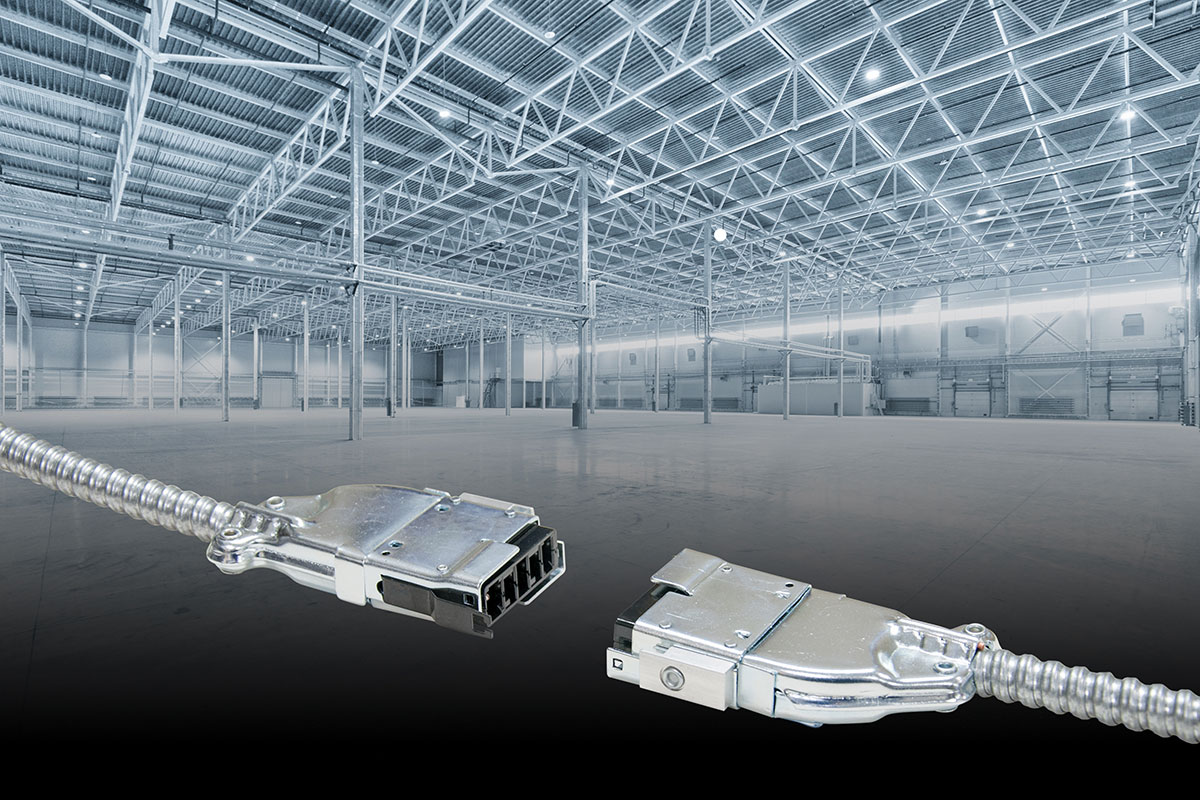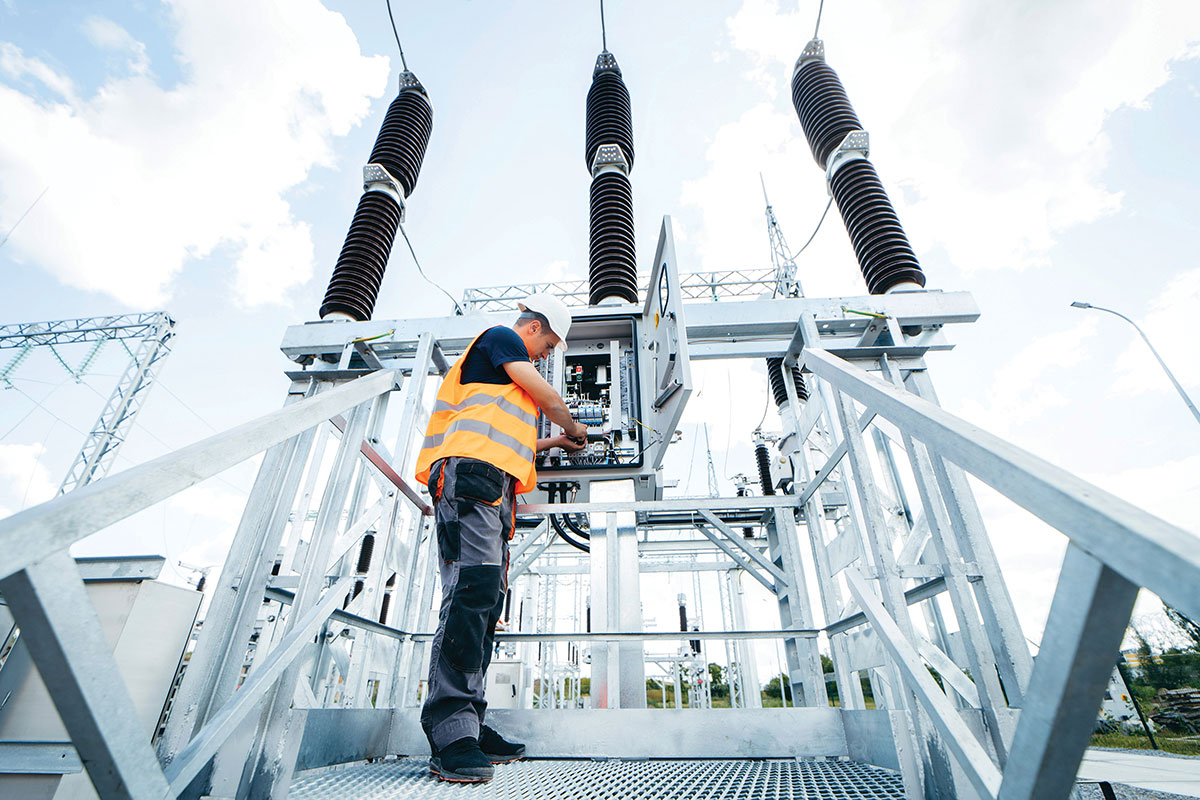Last year, the Electrical Safety Foundation International (ESFI) conducted a survey of electrical designers, planners, and engineers who design or renovate systems in industrial facilities, healthcare facilities, and IT centers. In response to the survey results, which demonstrated a limited or misinformed understanding of surge protection devices (SPDs), ESFI has created educational materials to spread awareness of the purpose and effectiveness of surge protection.
A power surge is a sudden and unwanted increase in voltage that can damage, degrade, or destroy electronic equipment. Surges can occur when appliances switch on and off, such as generators or compressors. Surges can also originate from electric utilities or lightning. Surge protection requirements have been in the National Electrical Code (NEC) since 1981 and before that, it was referred to as ‘Lightning Arrestors’, but ESFI’s survey results revealed that about one-third of clients who declined surge protection for their facilities did so due to a lack of concern about surges, while another third of clients believed that current available surge protection technology is inadequate. ESFI’s resources aim to combat the idea that SPDs are an accessory to electrical systems. Surge protection can prevent unexpected downtime and help ensure the life span of sensitive and valuable electrical devices. In fact, 82% of surveyed professionals agreed, by indicating that surge protection is necessary to protect expensive equipment.
Most consumers are aware of point-of-use surge protection devices (Type 3 SPDs), but few are aware of and understand the importance of permanent surge protection devices that provide protection for more sensitive equipment. Type 3 SPDs are typically cord-connected surge strips, direct plug-in SPDs, or receptacle-type SPDs. This type of SPD is meant to protect smaller equipment such as a computer. Type 1 and Type 2 SPDS differ from Type 3 SPDs in that they offer permanent protection, and are hard-wired to the service equipment, service transformer, or the service equipment overcurrent protection device. These types of SPDs are typically found in hospitals, factories, IT centers, and other similar commercial facilities.
While every individual surveyed claimed that they were familiar with surge protection and found it to be an important aspect of a building electrical system, many respondents portrayed a poor understanding of the functionality of surge protection devices, with some believing that an SPD can protect equipment or property from a direct lightning strike. Surge protection devices protect against larger surges and provide longer lasting surge protection than point-of-use devices, but they cannot protect equipment from a direct lightning strike. Only Lightning Protection Systems can protect property from lightning strikes.
There also appeared to be confusion as to the distinction between an overcurrent device, such as a GFCI, and an SPD. SPDs are designed to handle fast transients or surges, rather than excess voltage or current. Some Type 1 SPDs may be equipped with external overcurrent protection, but it should be noted that this is not the case with all SPDs, and that it is not the preliminary function of an SPD. Likewise, overcurrent devices like AFCIs, which shut off a circuit when an arc-fault occurs, do not provide surge protection. SPDs and overcurrent devices are often separate and used together to eliminate a variety of potential hazards.
Interestingly enough, although only 17% of respondents were in states where the 2017 NEC is adopted, 42.4% of respondents claim to use the 2017 NEC when designing or installing electrical systems. This provides some hope for safety standards in states that are far behind the modern electrical safety recommendations. The 2017 NEC cannot always be implemented, as in some cases, buildings cannot support the 2017 surge protection requirements and older devices must be installed. Regardless, it remains clear that any type of surge protection is better than none.
According to ESFI’s survey respondents, voltage surges significant enough to cause equipment damage occur with monthly or greater frequency in 69% of healthcare centers, 76% of industrial facilities, and 80% of IT centers. For the complete results of the 2017 Surge Damage Survey, visit ESFI’s website.
The Electrical Safety Foundation International (ESFI) is dedicated exclusively to promoting electrical safety in the home and workplace. Our mission is to reduce electrically related fires, injuries and fatalities by providing the resources necessary to aid in the prevention of deadly electrical accidents at home and in the workplace. To learn more about ESFI and electrical safety, visit www.esfi.org.











Find Us on Socials